Big cats are among the most fascinating creatures on the planet, often drawing attention due to their strength, beauty, and mystique. While tigers are one of the most well-known big cats, several other species are even more elusive, prowling unseen in their natural habitats. This article will delve into eight wild cat species that are rarely seen and less understood, yet they captivate the imagination of wildlife enthusiasts and researchers alike.
The Serval: A Master of Disguise
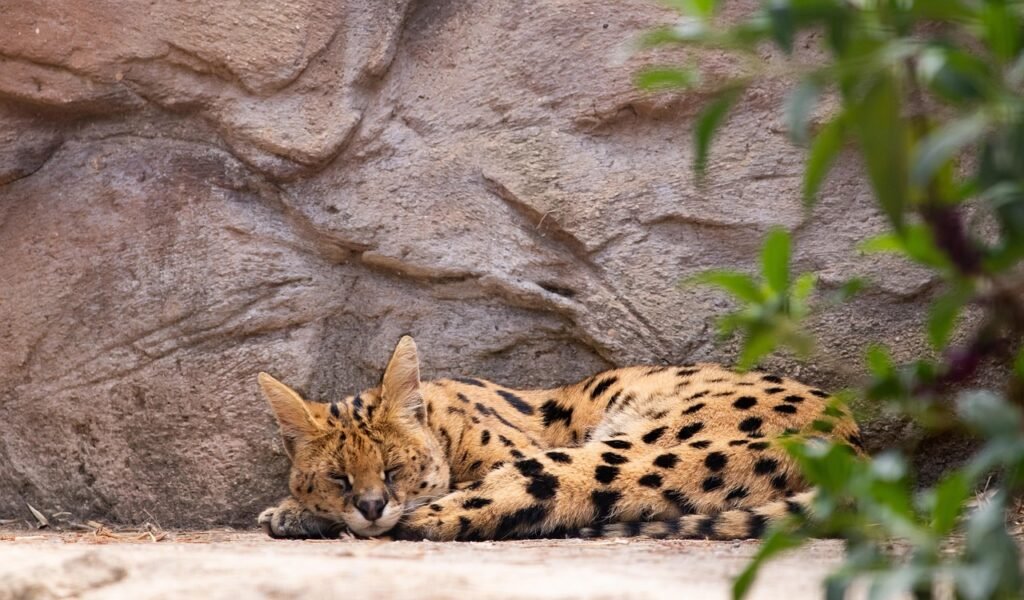
The serval, native to Africa’s savannas, boasts a uniquely spotted coat that provides remarkable camouflage among tall grasses. This mid-sized cat is known for its long legs and large ears, traits that assist in its hunting prowess. The serval’s elusive nature is partly due to its nocturnal habits and reclusive lifestyle, which make daytime sightings exceedingly rare.
Snow Leopards: Ghosts of the Mountains
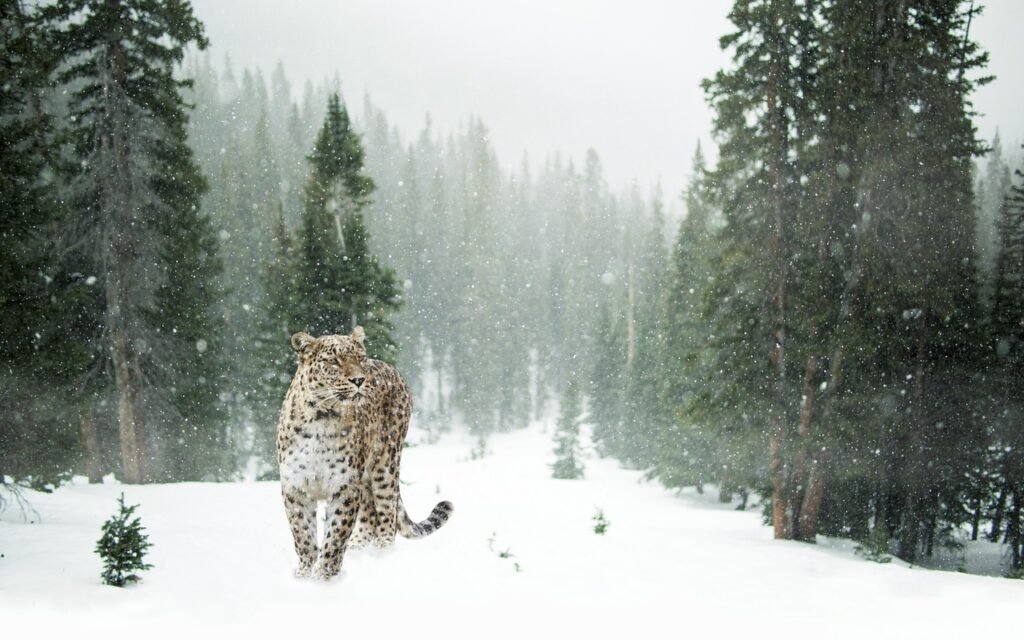
Often referred to as “ghosts of the mountains,” snow leopards inhabit the rugged terrains of Central Asia’s high-altitude regions. Their thick fur and long tails help them survive in cold climates, while their solitary and secretive behavior makes them hard to spot. Despite extensive conservation efforts, these elusive cats remain one of the hardest to observe in the wild.
Fishing Cats: Stealthy Aquatic Hunters
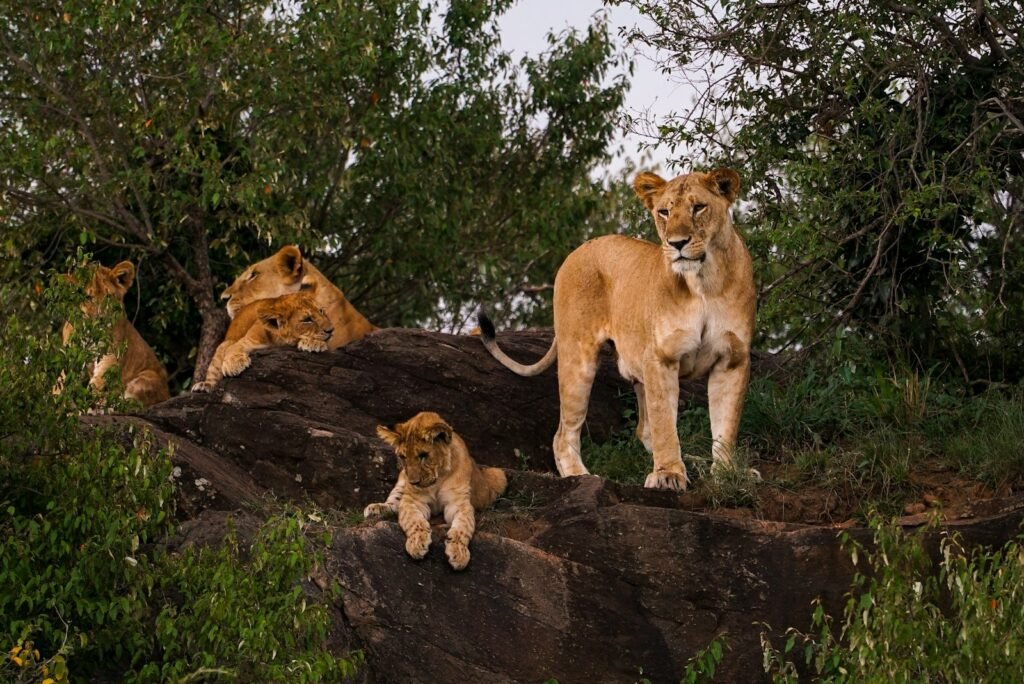
Fishing cats are adept swimmers, inhabiting wetlands and mangroves in South and Southeast Asia. Their webbed feet and watertight fur make them exceptional hunters in aquatic environments. Their elusive nature is attributed to their preference for dense, marshy habitats, coupled with their activity peaks during dusk and dawn.
Clouded Leopards: Reluctant Arboreal Predators
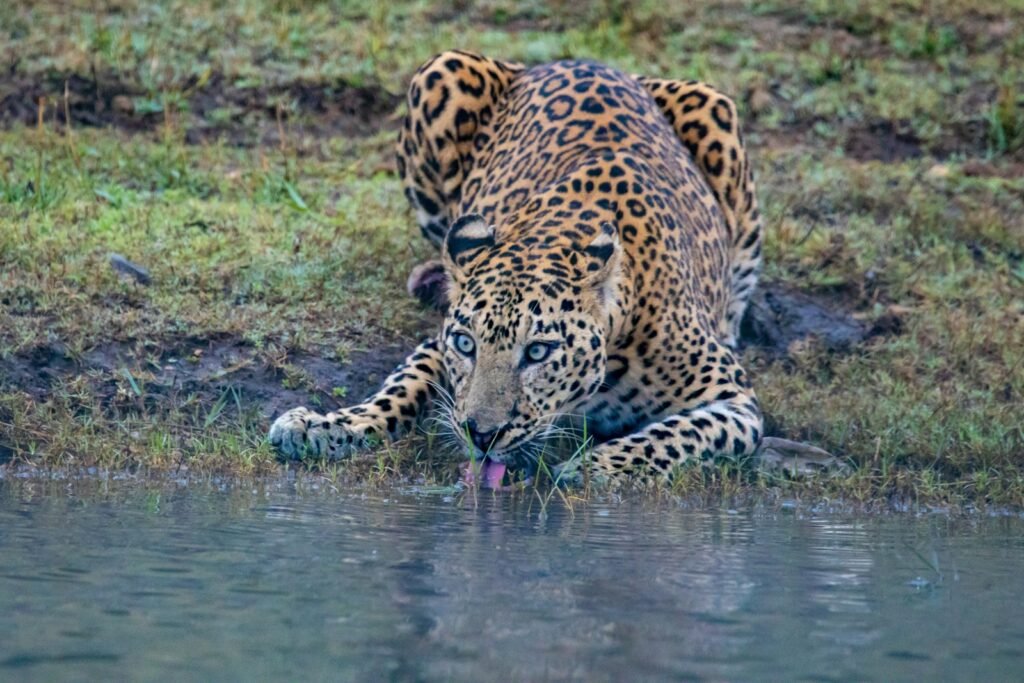
Clouded leopards are arboreal specialists, known for their ability to navigate through dense forest canopies in Southeast Asia. Their heavily camouflaged coats and solitary lifestyles make them one of the most enigmatic cat species. Despite being skilled climbers, these cats are rarely seen due to their dense forest habitats and nocturnal activities.
Pampas Cat: The Solitary Grassland Wanderer
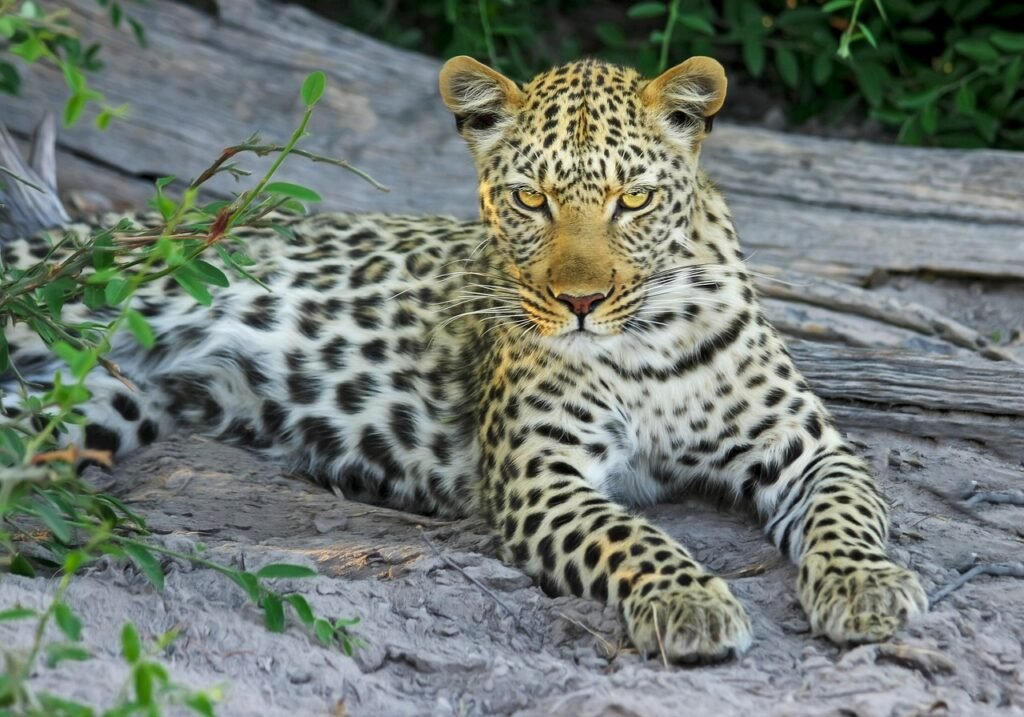
The Pampas cat, native to the grasslands and open woodlands of South America, is a small, secretive feline. Its mottled coat offers great camouflage in its environment. It is predominantly nocturnal and solitary, which, combined with its inhospitable habitat, makes it exceptionally difficult to study or observe.
Bay Cat: Borneo’s Hidden Feline
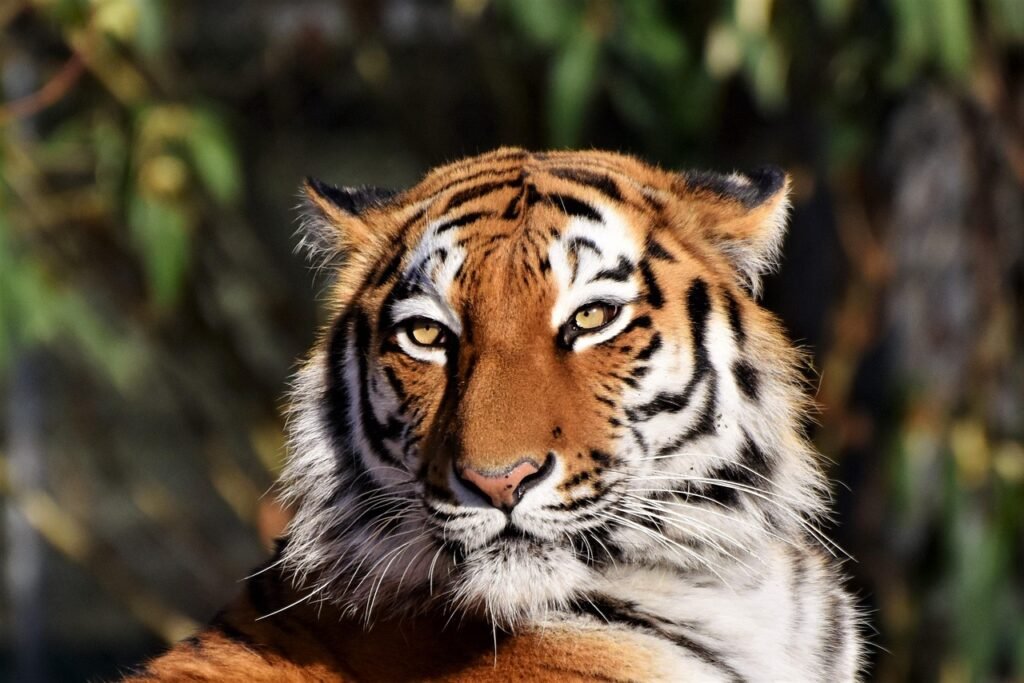
The bay cat, endemic to the island of Borneo, is one of the least known and rarest wild cats. Its elusive nature is compounded by the dense tropical rainforest and its critically low population. Very little is known about its ecology, largely due to the challenges in conducting field studies within its remote habitat.
Caracal: The Desert Phantom
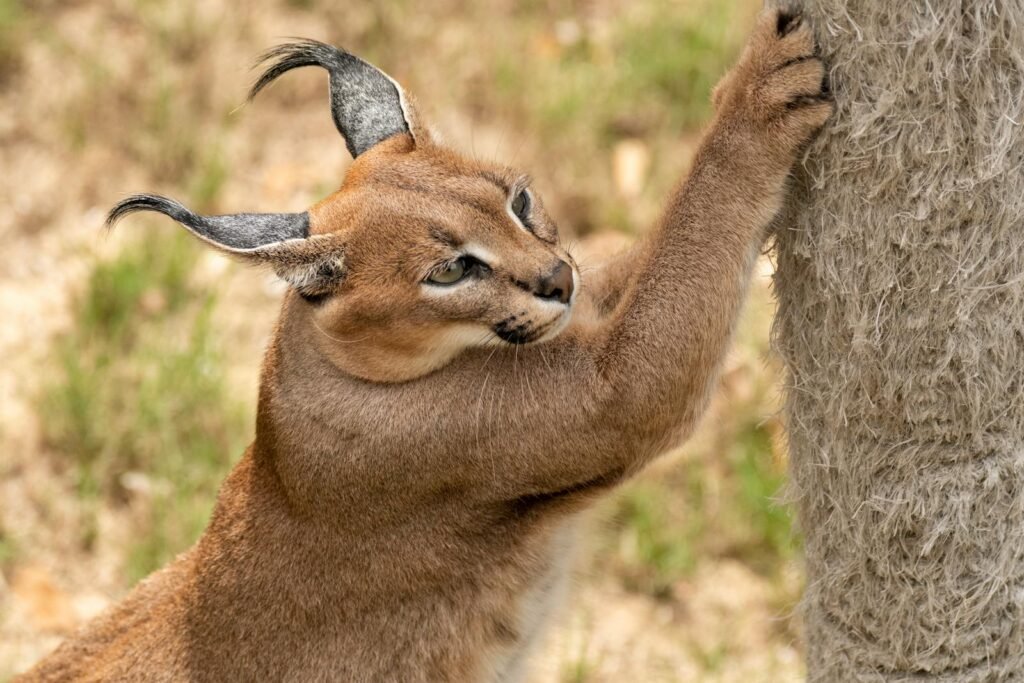
Caracals are mid-sized cats known for their striking tufted ears and adaptability to a range of environments from African savannas to Middle Eastern deserts. Their solitary and predominantly nocturnal lifestyle, coupled with their incredible agility and speed, makes them incredibly elusive and challenging to spot in the wild.
Andean Mountain Cat: The South American Enigma

The Andean mountain cat dwells in the remote, rugged Andes mountains. This small feline showcases a strikingly beautiful silver-gray coat but is rarely seen due to its low population density and remote, challenging altitudes it inhabits. Conservationists face considerable hurdles in studying these cats due to the inaccessibility of their natural environment.
Conservation Challenges and Efforts
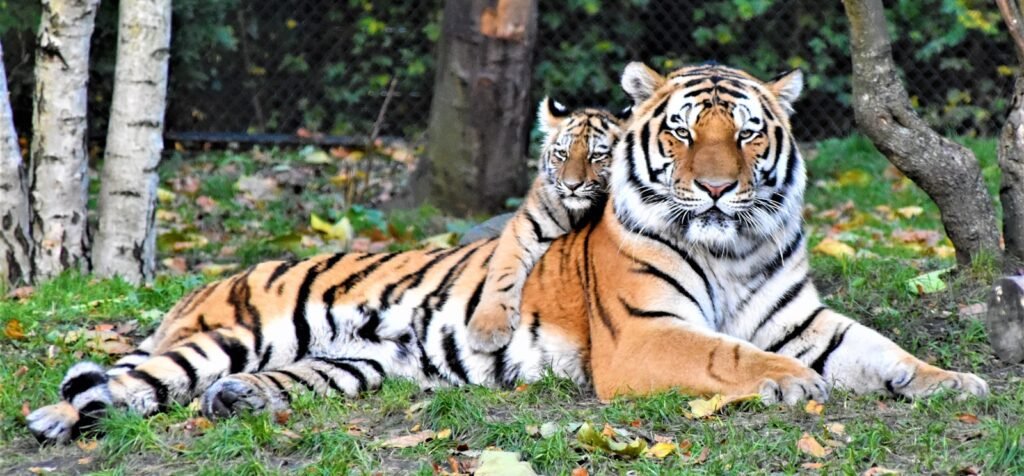
Conserving these elusive cat species poses significant challenges, including their elusive behavior, fragmentation of habitats, and human-wildlife conflicts. Many of these species are listed as vulnerable or endangered, requiring targeted conservation efforts such as habitat protection, anti-poaching measures, and community-based conservation projects to ensure their survival.
Conclusion: Embracing the Mystery
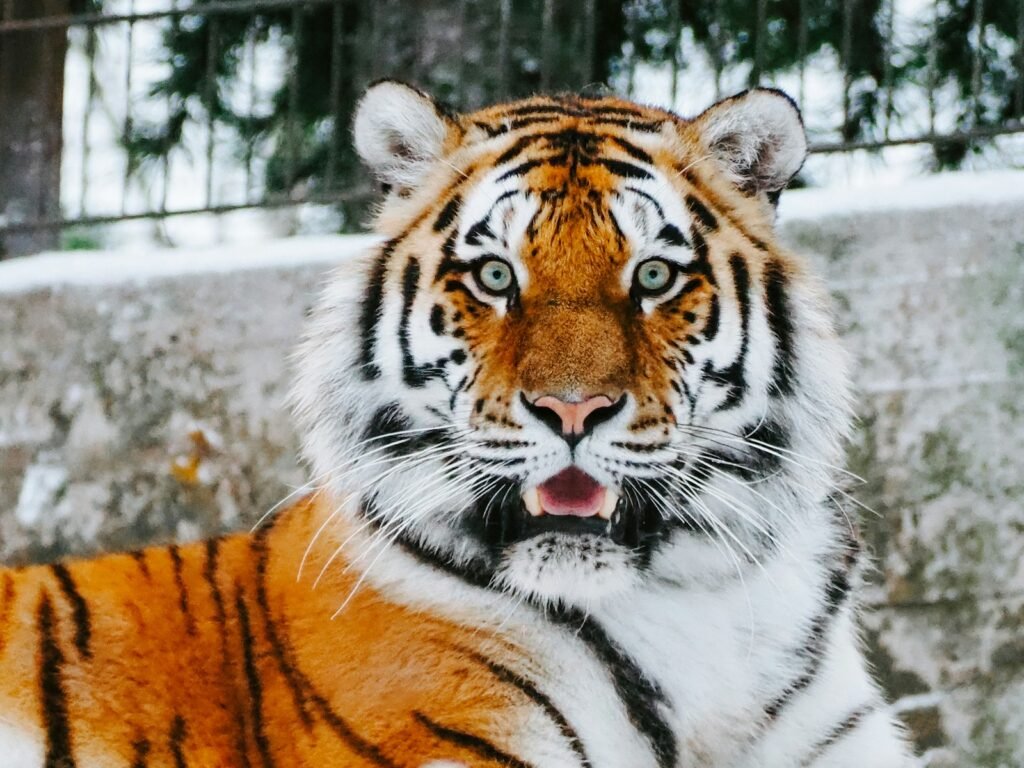
Although they are less renowned than tigers, these eight wild cat species captivate with their elusive nature and extraordinary adaptations. Understanding and protecting these mysterious creatures is crucial not only for biodiversity but also for fostering a deeper appreciation of our planet’s rich wildlife tapestry. Through increased awareness and dedicated conservation efforts, we can help ensure these enigmatic felines continue to thrive in the wild.
Hi, I’m Bola, a passionate writer and creative strategist with a knack for crafting compelling content that educates, inspires, and connects. Over the years, I’ve honed my skills across various writing fields, including content creation, copywriting, online course development, and video scriptwriting.
When I’m not at my desk, you’ll find me exploring new ideas, reading books, or brainstorming creative ways to solve challenges. I believe that words have the power to transform, and I’m here to help you leverage that power for success.
Thanks for stopping by, Keep coming to this website to checkout new articles form me. You’d always love it!






